Description
Turbud Safed Information, Medicinal Uses

Turpeth is used in Ayurveda, Siddha and Unani system of medicine for therapeutic purpose. The roots are thermogenic, purgative, carminative, anthelmintic, expectorant, antipyretic, hepatic, stimulant and are used in treatment of rheumatic and paralytic affections, myalgia (muscular pain), arthralgia (joint pain), pectoralgia (thorax pain), fevers, oedema, jaundice, hepato-splenomegaly, hepatitis, intoxication, abdominal tumors, ulcers, wounds, worm infestation obesity, pruritus, other skin disorders and constipation.
Triputa. The fleshy roots of plant are collected, chopped and dried in sun for a day and then shade dried. The roots are ground and used medicinally. In Unani, the plant is known as Turbud, Nishoth and in Siddha as Karunchivadai.
General Information
Indian Jalap is a stout perennial twining climber with a long twisting pubescent stems. It exudes a milky juice on cutting.
Leaves simple, alternate without stipules, 7-11 cm long, 6.5-10 cm broad, broadly ovate or oblong-cordate, subacute, slightly repand, shallowly cordate at base, margin entire or slightly and undulately lobed, more or less pubescent on both sides, especially when young, minutely reticulate. Petioles 2-8 cm long, slightly pubescent.
The flowers are regular, bisexual rather large, white, campanulate, 4 cm long and as much in diameter, white in simple cymes, 2-5 flowers together, pedicels stout, thickened upwards, pubescent, peduncle 6-8.5 cm lung; bracts large, 2.7 cm long, 1.8 cm broad, oblong-lanceolate, pubescent, apiculate, soon falling off; sepals 5, unequal, imbricate, the two outer 2.5 cm long and as broad, ovate, membranous, mucronate, hairy on both sides, sprinkled over with black dots, becoming much enlarged in the fruit, inner sepals 1.7-2 cmlong, 1 .4-1.7 cm broad, hairy; petals 5, fused into a more or less rotate corolla, 4 cm in diameter, segments obscure, convolute and contorted in bud; stamens 5, epipetaious, filaments dilated at base and hairy; ovary superior, 2 mm long, 2-locular with 2 ovules in each chamber, style simple, 1 .6 cm long, stigma globose: fruit capsule over I .2 cm long, completely enclosed in enlarged, brittle, membranous, fleshy sepals, shortly stalked, depressed, strongly 4-lobed, slightly hairy.
Seeds are large and glabrous.
The roots are usually dull grey, long, slender, fleshy, cylindrical, elongated and bear thin rootlets. They are 1.5-15 cm long, 1-5 cm in diameter. The thicker pieces, sometimes split and show central wood portion. The roots taste slightly acrid and nauseating.
Scientific Classification
The botanical name of is Operculina turpethum. It belongs to plant family Convolvulaceae.
Convolvulaceae, commonly referred as morning glory or bindweed family consists of 50-60 Genus and about 1600-1700 of plant species distributed primarily in tropical areas of world. About one-third of the species are included in two major genera, Ipomea and Convolvulus.
Many of the plants are valuable ornamentals, medicinal, and food crops. Some of the other medicinal plants belonging to this family are Argyreia nervosa (Elephant Creeper), Convolvulus pluricaulis Choisy (Sankhapuspi), Ipomoea digitata Linn. syn. Ipomoea paniculata (Giant potato), sweet potato (Ipomoea batatas), Ipomoea aquatica Forsk (Rabbit leaf) etc.
The name of plant family is derived from Latin word Convolvere meaning To Wind. The plants are annual or perennial climbers. The leaves of plants belonging to the family are alternate and simple or compound, heart-shaped and the flower petals are united in the characteristic funnel-shaped / trumpet-shaped corolla. The stems often contain latex. Roots are usually fibrous but sometimes form rootstalks or tubers.
Below is given taxonomical classification of plant.
- Kingdom: Plantae – Plants
- Subkingdom: Tracheobionta – Vascular plants
- Superdivision: Spermatophyta – Seed plants
- Division: Magnoliophyta – Flowering plants
- Class: Magnoliopsida – Dicotyledons
- Subclass: Asteridae
- Order: Solanales
- Family: Convolvulaceae – Morning-glory family
- Genus: Operculina Silva Manso – lidpod P
- Species: Operculina turpethum (L.) Silva Manso – St. Thomas lidpod P
- Variety: Operculina turpethum (L.) Silva Manso var. turpethum – St. Thomas lidpod
Synonyms
Ipomoea turpethum R. Br.
Merremia turpethum (L.) Shah & Bhat
Part(s) used for medicinal purpose: Roots
Plant type: Perennial twining climber
Distribution: India, China, Sri Lanka, Africa, Australia, throughout the tropics.
Habitat: Throughout India up to 1000 m in damp shady places.
Chief Action: Purgative, laxative
Flowers: During May and November
Safety Profile in Pregnancy: UNSAFE, it is should not be used in pregnancy. It is hot in potency, laxative and purgative. It can cause Abortion due to abortifacient activity.
Constituents of Operculina turpethum
The roots of plant contain the glycosidic resin (about 10%), turpethin andh turpethein. Turpethein is made up of 1-turpethein containing jalapic, ipomoic and tampicolic acids and f-turpenthein. It gives laxative action to the drug.
The active principle glycosidic resin is a mostly concentrated in the root bark.
- Glycosides
- Volatile oil
- Resin
Important Medicinal Properties
Operculina turpethum is rich in medicinal properties. The understanding of these properties will help us to better utilize this herb. These also indicate the conditions in which we should avoid it. For example, it has purgative properties and therefore should not be used in loose motions.
Below is given medicinal properties along with the meaning.
- Antisecretory: Reduces gastric acid secretion, acidity.
- Anti-inflammatory: Reducing inflammation by acting on body mechanisms.
- Antimicrobial: Active against microbes.
- Anticancer: used against or tending to arrest or prevent cancer
- Abortifacient: Induces abortion.
- Hepatoprotective: Prevent damage to the live
- Laxative: Stimulate or facilitate evacuation of the bowels
- Purgative: Strongly laxative in effect.
Medicinal Uses of Indian Jalap
Turpeth is known as Indian Jalap and has properties similar to True Jalap. True Jalap is the resin obtained from the roots of a Mexican plant Ipomoea purga (Ipomoea jalapa/Exogonium purga), belonging to Convolvulaceae family and having drastic purgative and hydragogue (causes copious watery discharges from the bowels) properties. Turpeth is regarded as an effective substitute for true Jalap.
The powdered root is given as a purgative. The use of root powder gives relief in habitual constipation, colic and piles. For piles it is given along with Triphala.
It purges pitta and Kapha from the bowel.
Turpeth helps in skin disorders as it expels inflammatory watery accumulations from blood and fat. For skin diseases, it is combined with Manjishtha, Kutki, Punarnava and Neem.
Along with Guggulu, ginger, turmeric, it is effective in high cholesterol and obesity.
Along with ginger, it is particularly beneficial in rheumatic and paralytic affections, anemia, jaundice and inflammations.
It is given in dose of 3 grams with Mishri for jaundice.
The fresh juice of leaves is dropped into the eyes for inducing lachrymation in ophthalmia (severe inflammation of the eye or of the conjunctiva or deeper structures of the eye).
The root paste is applied topically to treat vitiligo, other skin disorders, alopecia, cervical lymphadenitis, hemorrhoids, fistulas, and ulcers.
Dosage of Operculina turpethum
- The recommended dosage of root powder is 1-3 grams.
- For therapeutic purgation a maximum 10-12 gm paste of root bark of Trivrit with fermented rice water or milk, is administered in the morning on empty stomach. This dose produces 10 to 30 loose motions.
- Contraindications, Interactions, Side-effects and Warnings Operculina turpethum
- It aggravates Vata.
- It should not be used (Contraindicated) in pregnancy, in children below 12 years of age, in elderly, in physically or mentally weaker persons, and in persons suffering from diarrhea, bleeding per rectum, rectal prolapse, or fecal incontinence.
- Large doses may lead to serious complications such as loose motions, bleeding per rectum, vomiting, abdominal pain, chest pain, dehydration, hypotension, vertigo, confusion, shock, and unconsciousness.
- It is always combined with antispasmodic herbs to prevent griping.
Quality: White turpeth root helps to make the stomach clean and cures fever caused by Tridoshas. It also cures, swelling and stomach diseases.
Useful For Different Diseases:
1. Constipation: Grind stem of white turpeth root and mix long pepper and rock salt. Taking about 6 grams this powder breaks the constipation.
2. Piles: Grind equal quantity of turpeth root, aloe veera, white catechu and radish juice together and keep for 24 hours. Prepare half-gram tablets with this preparation and dry in shadow. Taking 1-2 tablets twice a day regularly ends piles’ moles.
3. Fistula: Grind turpeth root, sesame, purgative croton, madder root and rock salt with gheeand honey and prepare paste and apply this paste on the affected part, it cures fistula.
4. Indigestion: Grind 50 grams turpeth root, 10 grams pepper and 25 grams sugar altogether and prepare powder. Licking 14 spoon of this powder with honey, it provides relief in this disease.
5. Jaundice: Mix turpeth root powder with sugar and take 10 grams this mixture twice a day regularly, it cures jaundice
Turbud, Turpeth Roots , تربد ، نسوت
ماہیت ۔
تربد ایک بیل دار بوٹی کی جڑ ہے اس بیل کی ہر شاخ کے تین پہلو ہوتے ہیں ۔پتے گول لیکن نوک دار بیل پردو دو لگے ہوتے ہیں اس کی پھلی میں چار پانچ سیاہ رنگ کے تخم بھرے ہوتے ہیں یہ دو طرح سے زمین پر پھیلتی ہے ایک تو تخم دوسرا ڈالیوں کے ذریعے موسم برسات میں تخم پھوٹ کر اس سے انگور نکلتے ہیں یا ڈالیوں سے جڑیں نکل کر زمین میں چلی جاتی ہیں اور بیل پھیلنے لگتی ہیں اس کی جڑ اور تنے کی لکڑیاں جو خشک ہوجاتی ہے۔ان کا رنگ باہر سے بھورا لیکن چھیلنے پر اندر سے سفید نکلتی ہے۔اس کے درمیان ایک لکڑی ہوتی ہے اس کو درمیان سے نکال کر صرف اوپر کا چھلکا اتار کر استعمال کرایاجاتاہے اس کو تربد مجوف خراشیدہ کیاجاتاہے اس کامزہ پھیکا بعد میں معمولی کڑوا اور تیز ہوتاہے۔
تربد کی اقسام ۔
اس کی دو اقسام ہیں ایک کی جڑ اوپر سے کالی اور دوسری کی سفید ۔۔جبکہ اندرسے دونوں کی جڑ سفید ہوتی ہے۔سفید قسم کا پھول سفید اور کالی قسم کے پھول نیلے ہوتے ہیں یہ پھول پانچ پنکھڑیوں والے ہوتے ہیں ۔ بطور دواء سفید قسم ہی مستعمل ہے ۔
مقام پیدائش ۔ پاکستان اور ہندوستان کے تمام علاقوں میں تین ہزارفٹ کی بلندی تک پائی جاتی ہے صوبہ دہلی یوبی کے دامن کوہ میں خودرو ہوتی ہے۔اس کے علاوہ سری لنکا میں بھی ہوتی ہے۔
مزاج ۔ گرم خشک ۔درجہ دوم ۔
افعال و استعمال ۔ مسہل ہونے کی وجہ سے پانی کی طرح پتلے دست لاتاہے لہذا استسقاء وجع المفاصل نقرس اور عرق النساء فالج ولقوہ کھانسی تنگی تنفس میں کھلاتے ہیں زنجیل شامل کرکے کھلانے سے غلیظ بلغم کا اخراج کرتی ہے۔ہلیلہ زردکے ہمراہ مالیخولیا جنون صرع میں تنقیہ دماغ کیلئے استعمال کرتے ہیں چونکہ اس کے استعمال سے بلغم کے رقیق دست آتے ہیں لہذا اس سے رطوبات بدن میں کمی پیدا ہو کر بدن کی فربہی ہی زائل ہوجاتی ہے۔ اس لئے موٹاپے کو دورکرنے کیلئے بطور مسہل اس کا استعمال مفید ہے۔
مقشر کرکے استعمال کریں
زنجیل کی حدت کی امدارسے اس کی قوت اسہال تیزہوجاتی ہے اصل السوس کی طرح اس کو بھی مقشر کرکے استعمال کریں ۔
فوائد خاص ۔ مخرج بلغم و تنقیہ دماغ
مضر۔ کر ب اور خشکی پیداکرتی ہے۔
مصلح ۔ چھیل کر ،روغن بادام
بدل ۔ غاریقون ،کلادانہ ۔
مقدارخوراک ۔ تین سے پانچ گرام ۔ بطور سفوف بطور جوشاندہ ۔ پانچ سے دس گرام ۔




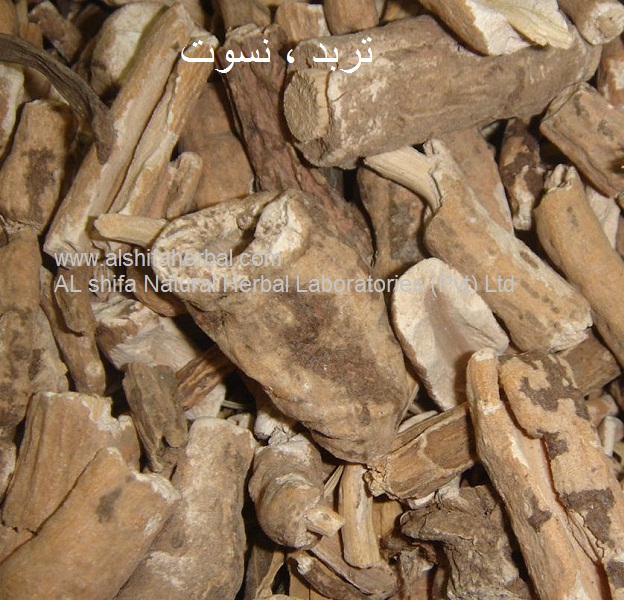





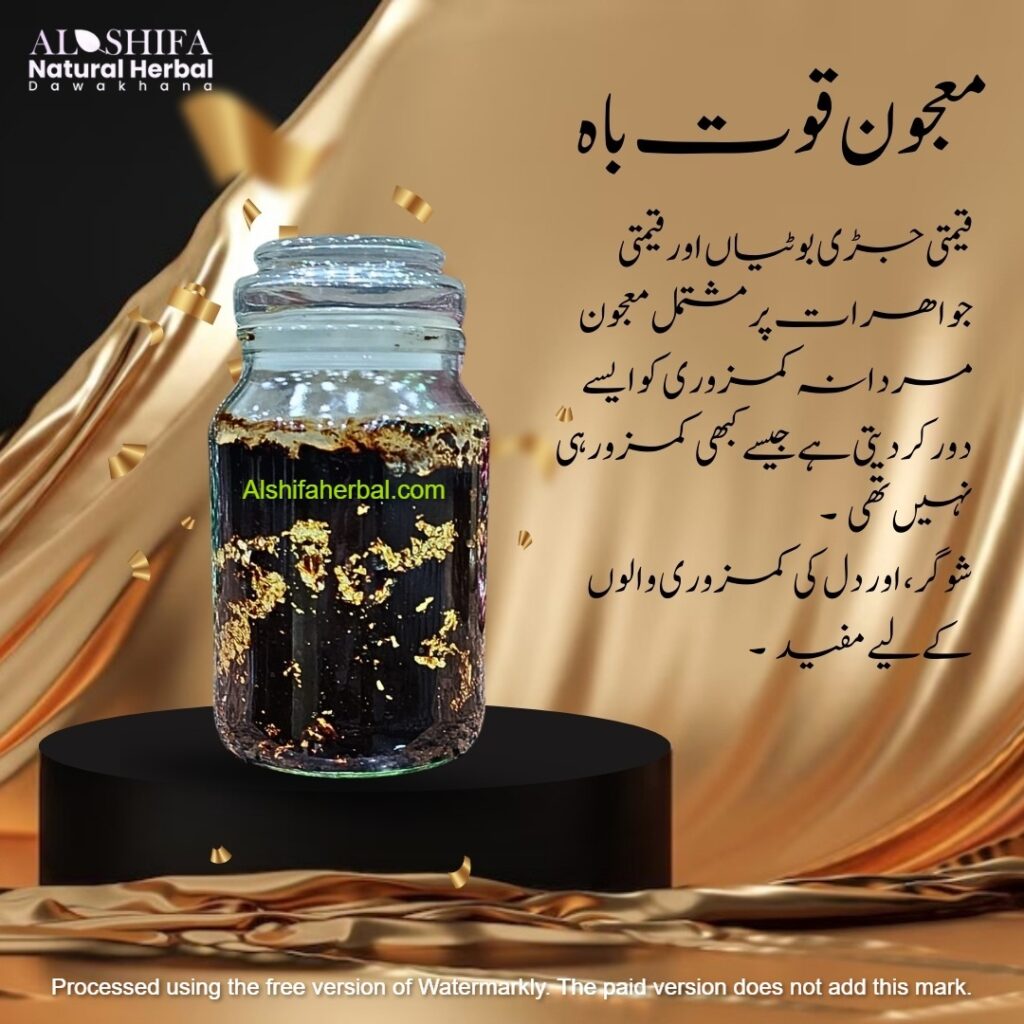
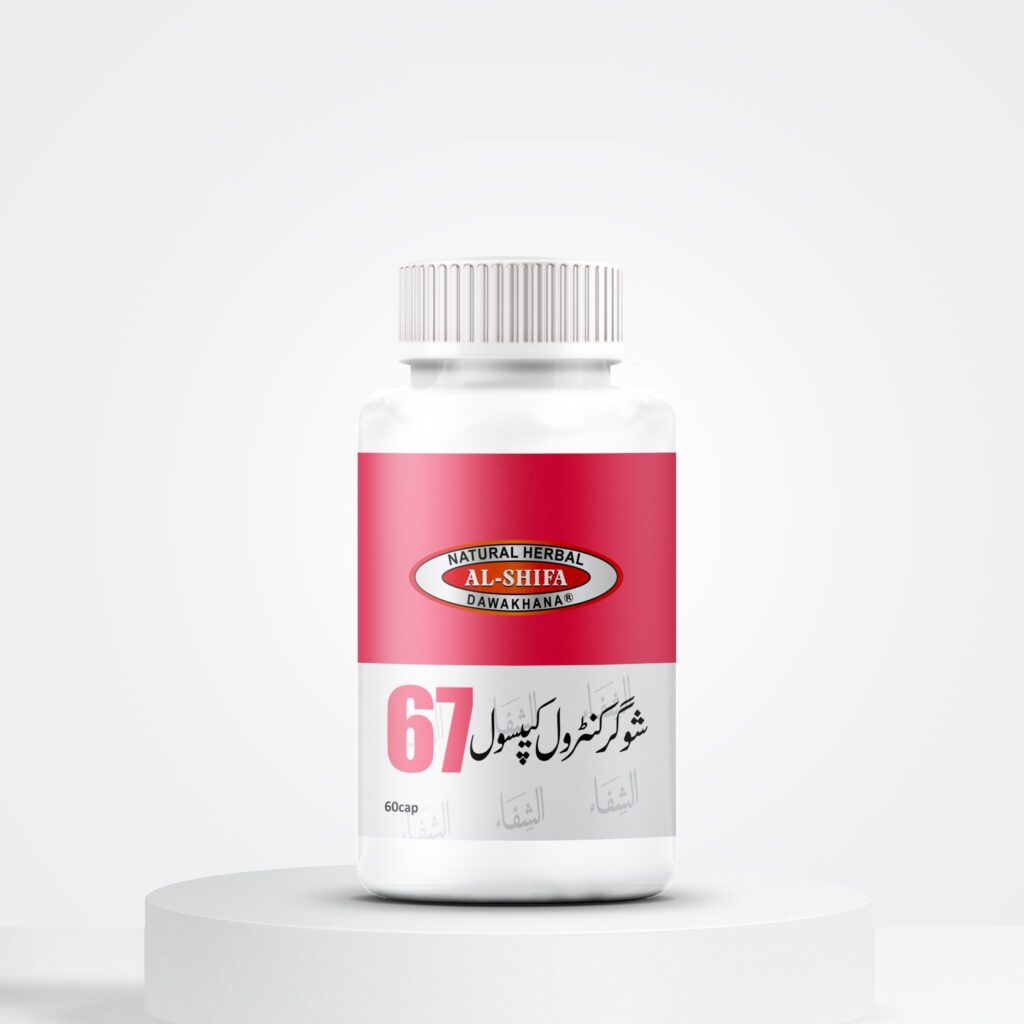
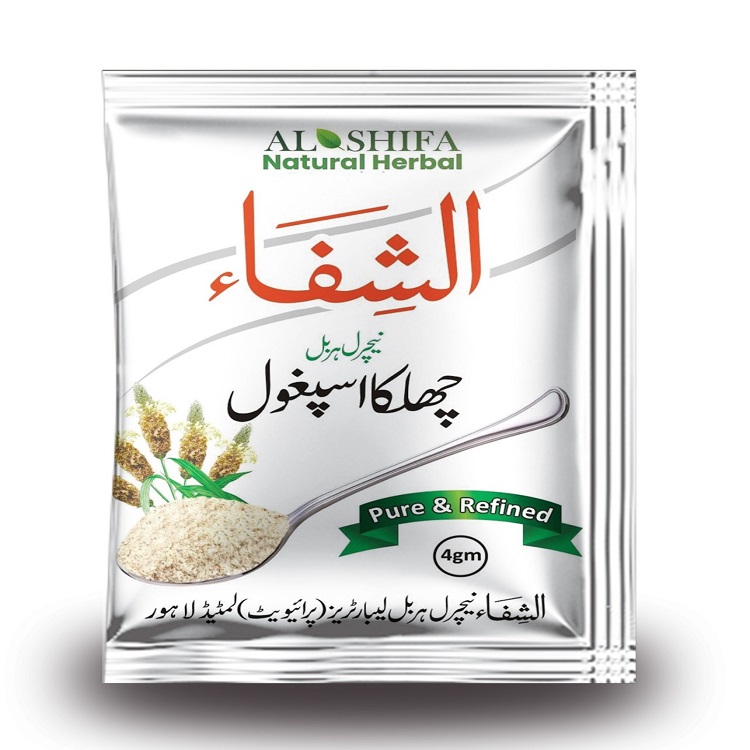



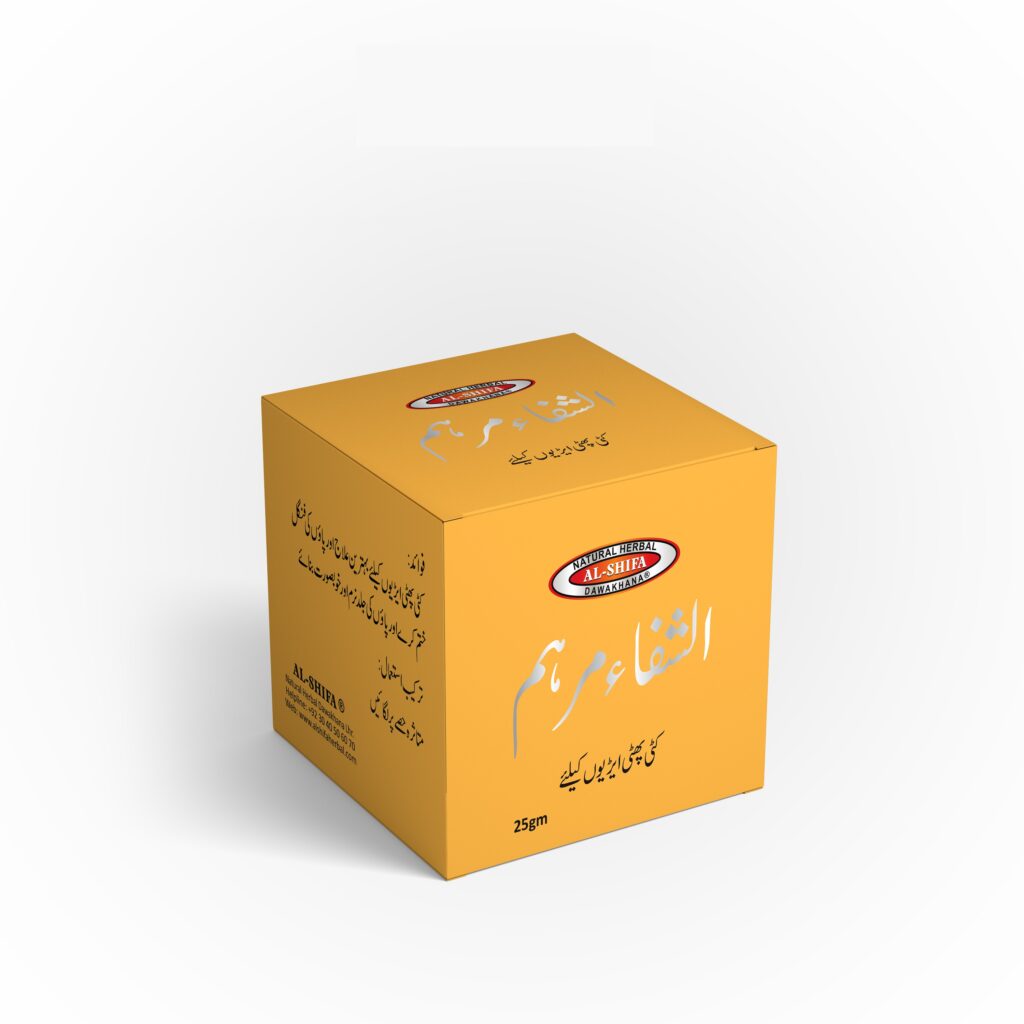



Reviews
There are no reviews yet.